By now many of you have heard of, or at least thought about, the possibly of an early black cutworm and true armyworm migration.
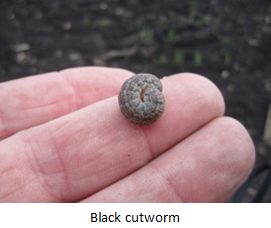
|
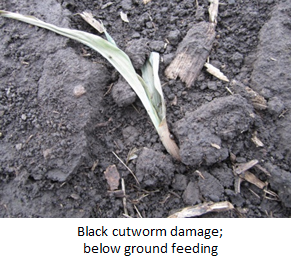
|
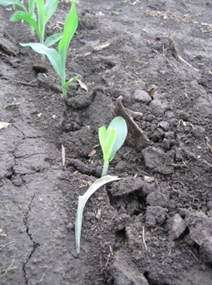
|
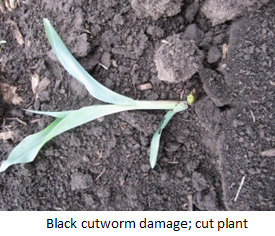
|
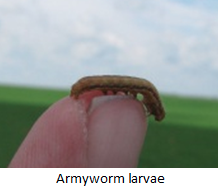
|
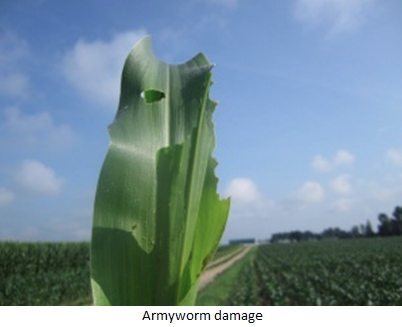
|
Many states to our south have posted newsletter articles indicating high trap catches. Locally, WDATCP’s Wisconsin Pest Bulletin newsletter has reported significant black cutworm catches in their southwest Wisconsin pheromone trap network and high armyworm counts are also being reported.
Additionally, several people have observed heavy nighttime flights of adult armyworms as well as reports of adult in their daytime resting sites.
Although these observations are not a foolproof predictor of field damage, they are an excellent reminder that we should be scouting corn earlier than we would normally expect.
If you need more proof, the Wisconsin Pest Bulletin is predicting black cutworms could be cutting corn as early as May 15.
Concentrating your-early season scouting efforts can pay off. Knowing where to look can give you an early indication of the potential for damage.
Many people have commented on the number of winter annual growing in fields this spring. These areas are attractive oviposition sites for black cutworms.
In general, low growing weeds are attractive; however, favorite species include the chickweeds, shepherd’s purse and yellow rocket.
Larvae may hatch prior to corn emergence and feed on these weeds for a period of time. Controlling these weeds with herbicides and/or tillage can then concentrate the damage on corn.
Soybean residue also creates an attractive site to lay eggs and is often overlooked when spot-checking for cutworm damage.
Armyworm adults prefer lush foliage, especially grasses, to lay eggs.
During the spring migration, cover crops and spring killed alfalfa make great oviposition sites that concentrate egg laying into isolated fields.
Larvae may, or may not, begin feeding on the cover crop before switching to corn.
Small grains may also be attractive egg laying sites. Don’t forget to check winter wheat for armyworm damage as well.






Post a comment
Report Abusive Comment